
Understanding stormwater drainage is key to mitigating urban flooding and environmental impact. This article explores essential system components, strategic management practices, and innovative technologies—all crucial elements contributing to effective stormwater management. Whether you’re a professional, student, or homeowner, you’ll find valuable insights into how these systems function and why they’re fundamental to our cities’ infrastructure.
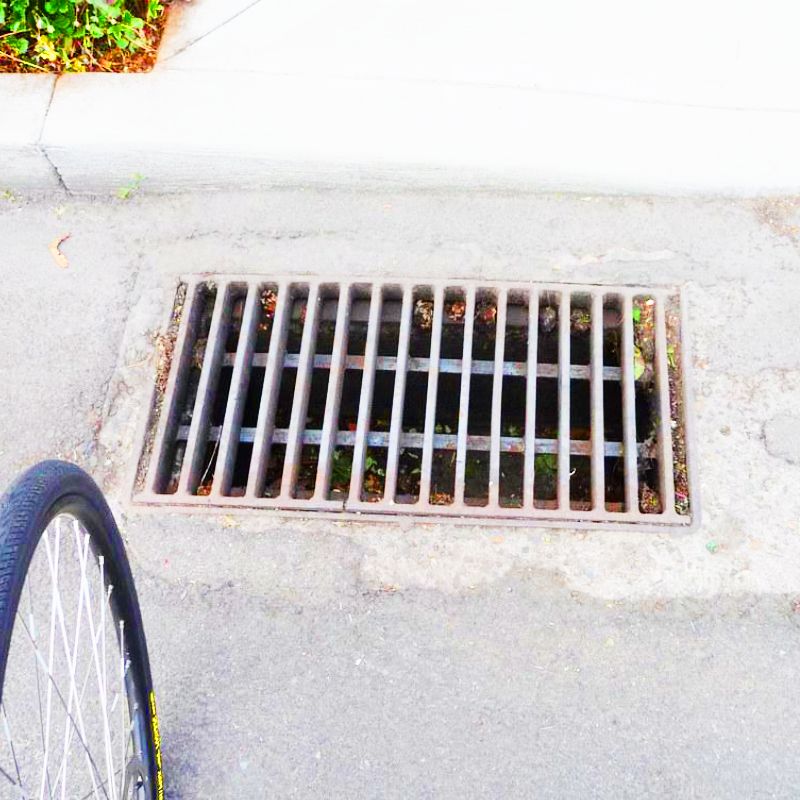
Picture this: it’s raining cats and dogs. The rainwater cascades down from your roof, trickles along your driveway, and makes its way into the storm drain, also known as the stormwater drain, at the end of your street. It’s easy to take this process for granted, but it’s the result of careful planning and engineering. This is the role of a stormwater drainage system – to collect and manage rainwater runoff, preventing flooding and pollution in urban environments.
A stormwater drainage system, also known as a storm drain system, consists of a complex network at its core. This network includes:
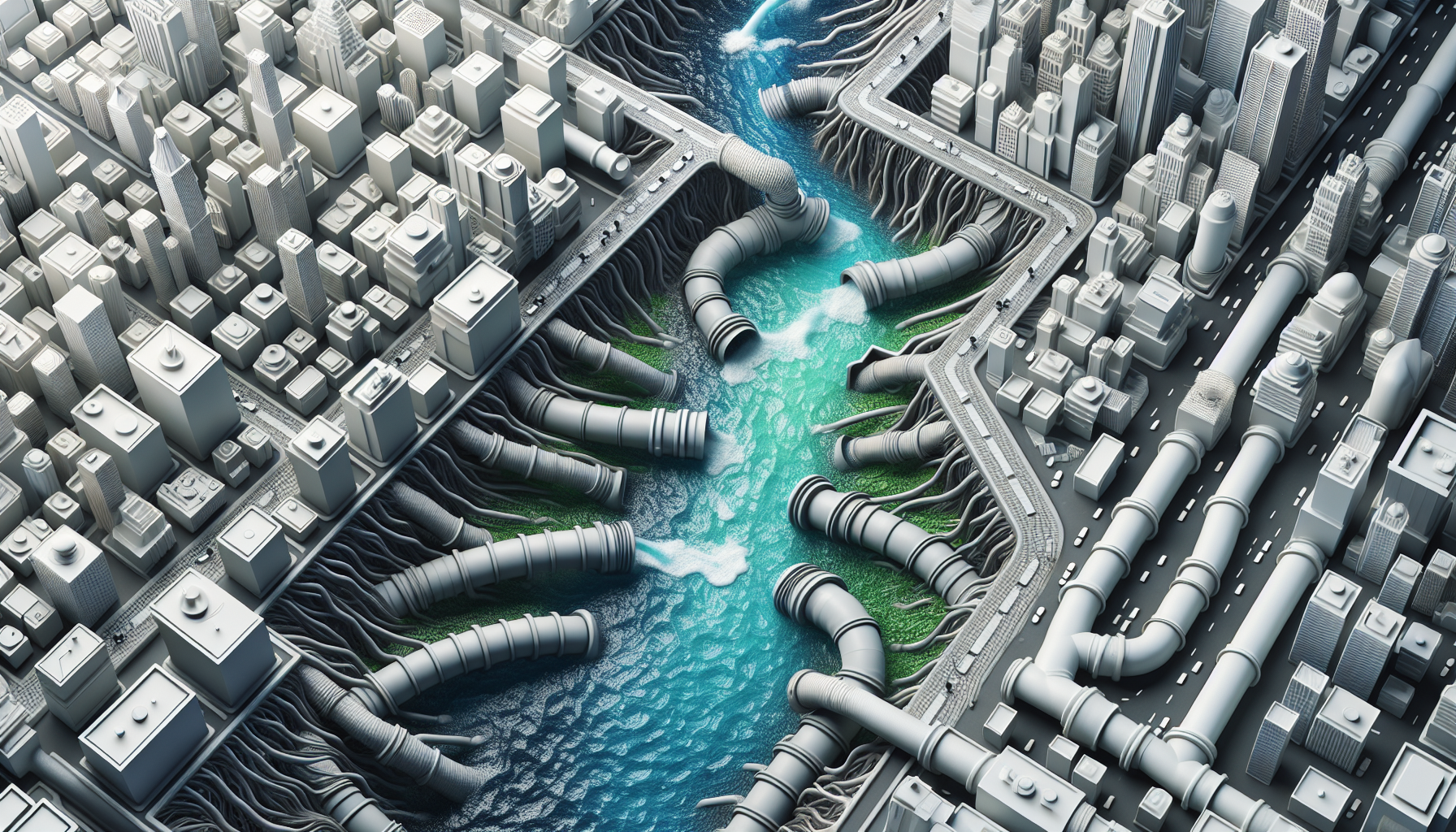
These components work together, guiding rainwater away from urban surfaces to mitigate pooling and potential harm. But the journey of rainwater doesn’t end there.
From the moment a raindrop hits the ground, it embarks on a journey. It may flow across surfaces like roofs and roads or seep into soil and vegetation. This runoff, collected from gutters on buildings and directed through pipes into storage tanks, is a crucial part of the storm water runoff management process. However, the type of surface and the surrounding environment play significant roles in this journey.
For example, impervious surfaces like concrete and roofs quicken stormwater runoff, potentially leading to flooding. After collection, rainwater is conveyed through pipes or channels and eventually discharged into an outlet, such as a stormwater drain or a storage tank designed to handle the runoff. From there, the rainwater reaches natural bodies of water through:
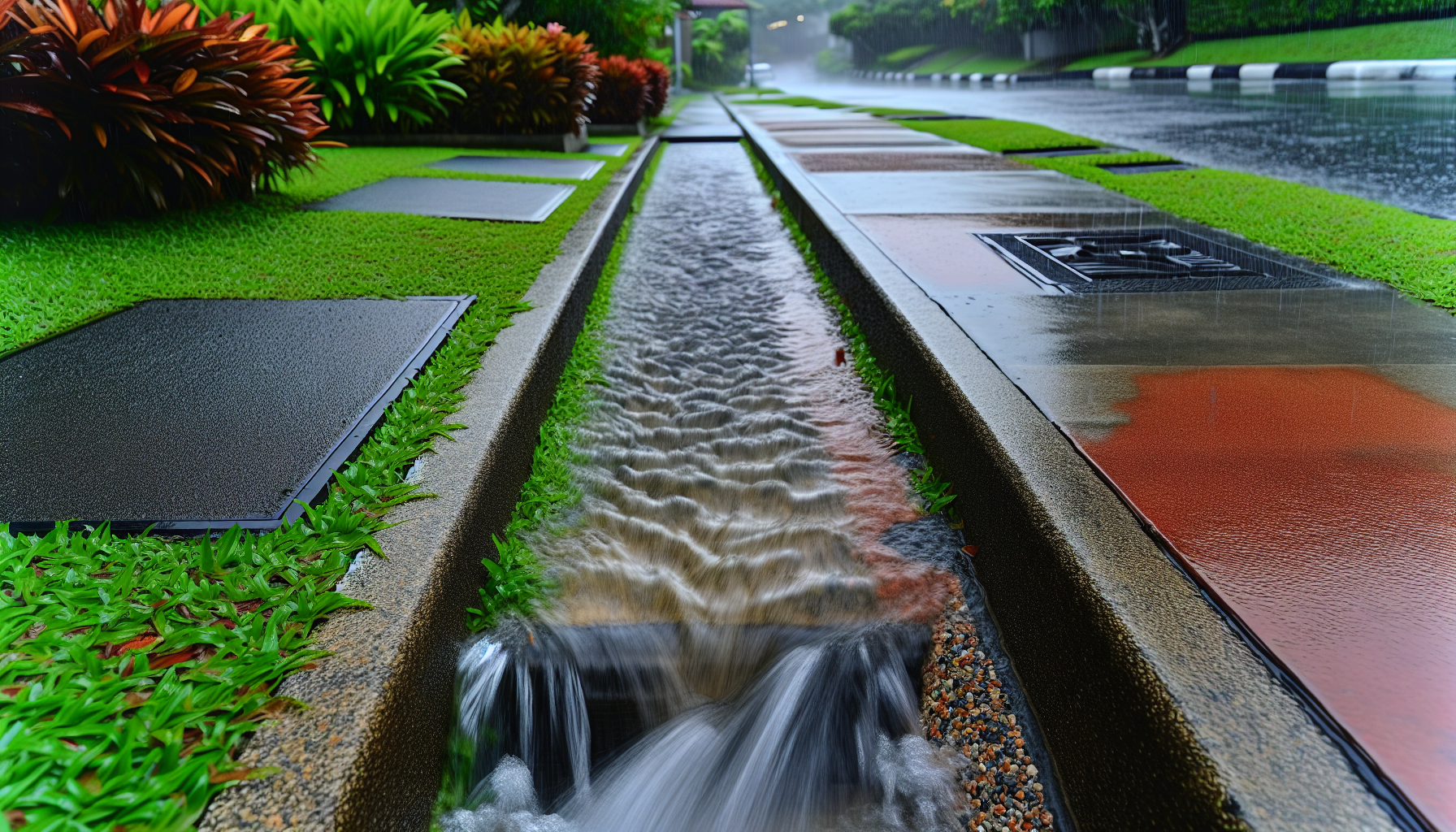
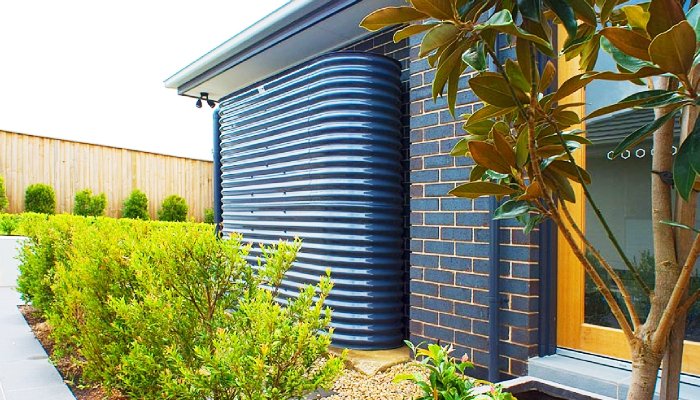
The effective management of rainfall runoff is achieved through a well-coordinated network of components in a functional stormwater system. Key components include:
Without these, our cities would be prone to the damaging effects of flooding and erosion.
Temporary storage also plays a key role in a functional stormwater system. During a rainfall event, stormwater runoff can accumulate rapidly, potentially overwhelming drainage systems. Temporary storage, often achieved through detention basins or underground storage systems like stormwater pipes, offers a solution, storing excess stormwater and gradually releasing it over time. This aspect of a stormwater system exemplifies the concept of controlled discharge, whereby the rate of stormwater release is carefully managed to alleviate flooding and efficiently control water flow.
In the realm of stormwater management, Water Sensitive Urban Design (WSUD) presents a fresh and innovative approach. This innovative approach to urban planning integrates urban water cycle processes into urban design to enhance the visual and recreational aspects of urban developments. By emulating natural water cycles, WSUD helps manage stormwater in a more sustainable and environmentally-friendly way.
WSUD operates on a few key principles. Foremost among these is the deceleration of stormwater runoff, which consequently allows sediment and contaminants to settle and some water to seep into the soil beneath. This is achieved using natural methods like:

By reducing the flow of stormwater into drains, WSUD helps prevent flooding and pollution while enhancing stormwater quality.
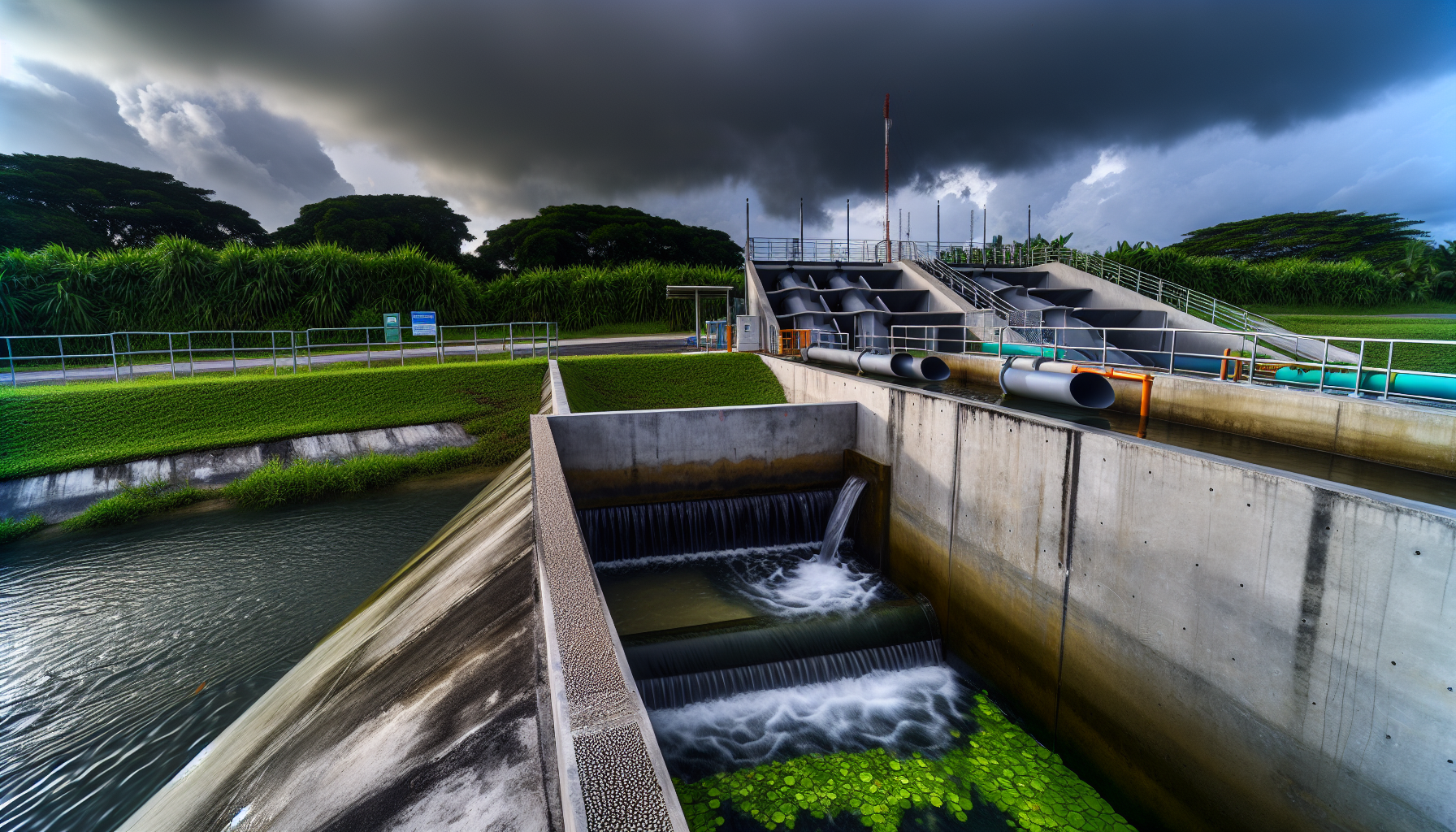
The transformation of city streets into rivers and the flooding of low-lying areas during heavy downpours is a common sight for most of us. This is where detention and retention solutions come into play. These two strategies are key in managing water flows during heavy rainfall, reducing the risk of flooding, and protecting property.
While they may sound similar, detention and retention serve different purposes in stormwater management. Detention involves temporarily storing runoff during a storm event and then gradually releasing it at a controlled rate to prevent downstream flooding. On the other hand, retention involves collecting and storing treated water for future use, such as in stormwater harvesting. These solutions deserve a more detailed exploration.
On-site detention systems are a key component of stormwater management. They serve as temporary storage for rainwater, incorporating a controlled release mechanism to the council kerb or street system. By holding excess flow for a period and gradually releasing it, these systems effectively control the volume and timing of stormwater release, minimizing downstream flooding.
The essential elements of an on-site detention system comprise:
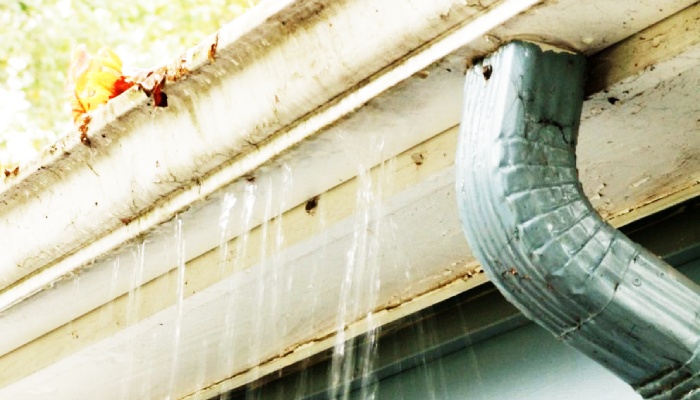
By controlling the flow of water, on-site detention systems can greatly reduce the frequency and intensity of flooding events, especially during brief and intense storms, safeguarding urban areas from water-related harm.
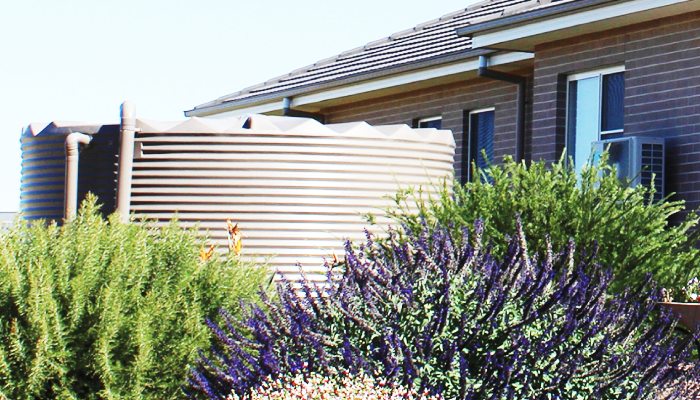
Detention tanks, also known as rainwater tanks, can be a game-changer when it comes to managing stormwater runoff. They offer an effective way to:
Detention tanks have multiple benefits that go beyond just flood management.
Besides flood prevention and mitigation, detention tanks also contribute to the conservation of drinking water. By storing stormwater from natural precipitation, they reduce the demand on municipal drinking water supplies. This stored water can be used for various non-potable uses, further reducing the strain on drinking water resources. In this way, detention tanks not only manage stormwater but also contribute to water conservation and environmental protection.
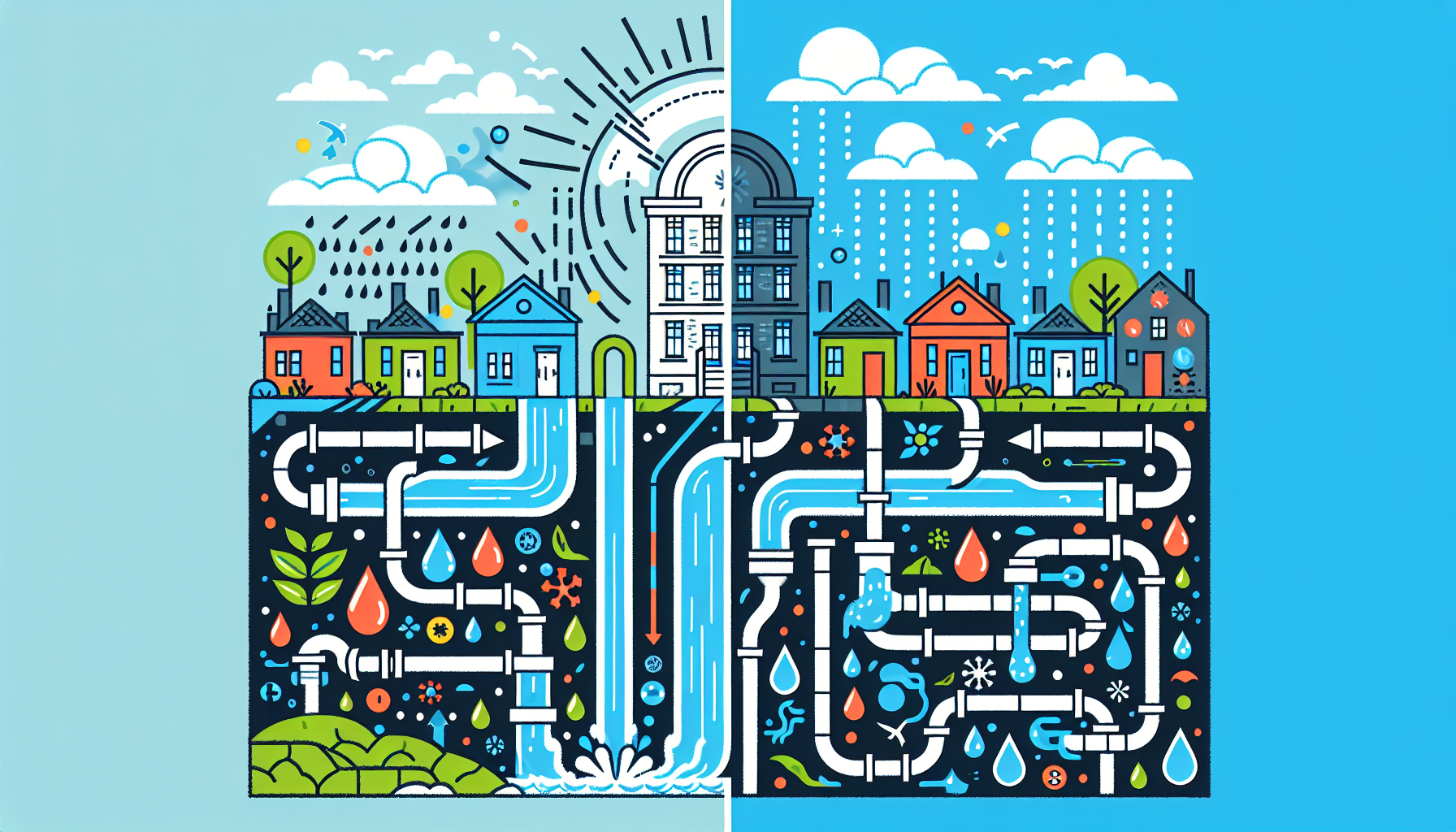
Stormwater systems and sewer systems are two pivotal elements in water management within urban settings. While they may appear similar, they serve different purposes and require distinct management approaches. Understanding the differences between these two systems is crucial for property owners, as it can help prevent issues such as cross-contamination and pollution of water bodies.
Stormwater drains are designed to collect and manage rainwater runoff, protecting our cities from flooding. On the other hand, sewer systems handle wastewater from households and businesses, transporting it to treatment facilities where it’s cleaned before being discharged back into the environment.
While both stormwater and sewage systems are involved in managing water in urban areas, they serve very different functions. The principal role of a stormwater system is to effectively manage and guide surplus rainwater to mitigate the risk of flooding. Meanwhile, the principal role of a sewage system is to safeguard water quality and public health by:
These systems play crucial roles in maintaining the overall water management infrastructure in urban areas.
A key difference between the two systems lies in the water they manage. Stormwater systems handle rainwater runoff from various surfaces, while sewage systems deal with wastewater from households and businesses. Combining stormwater and sewage can result in combined sewer overflows, leading to the release of untreated water containing pathogens, toxins, and other contaminants into the environment, presenting substantial risks to public health.
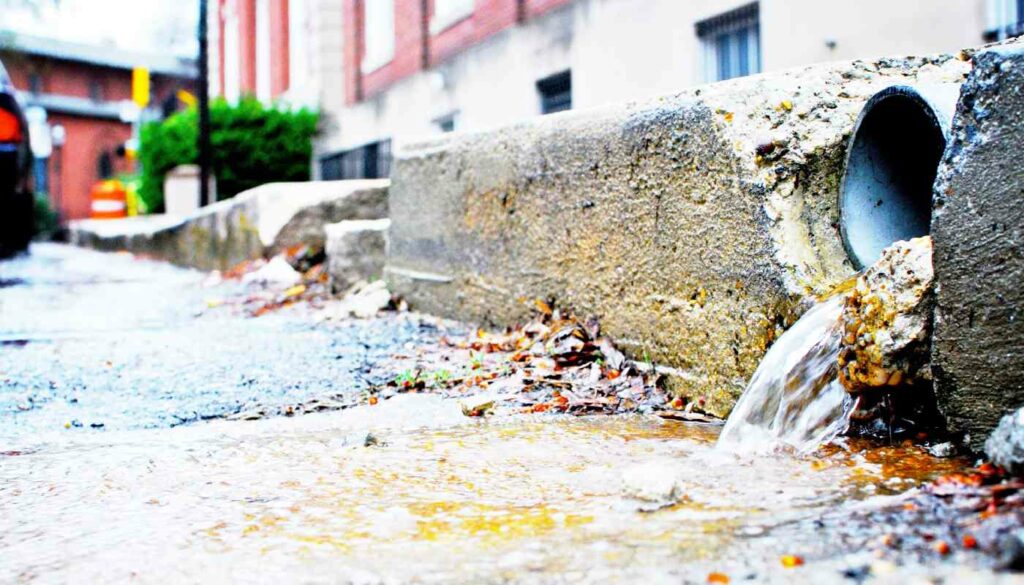
Ensuring correct stormwater connections is a critical aspect of stormwater drains management. When stormwater is improperly connected to the sewer system, it can lead to the entry of untreated and contaminated water into storm sewers, causing pollution of water bodies and beaches. Furthermore, it can result in non-compliance with environmental regulations.
To avoid these issues, activities related to the installation or alteration of stormwater connections to drains, waterways, or open drainage channels must adhere to the technical specifications mandated by the appropriate governing body. Stormwater drainage experts can ensure that these connections are correctly made, thereby preventing cross-contamination and pollution.

The evolution of our understanding of stormwater management corresponds with the development of our strategies and technologies. Today, innovative stormwater quality enhancements are being developed and implemented to:
These enhancements range from gross pollutant traps placed in stormwater drains to capture large waste items and eliminate pollutants, to natural filtration features such as soil and green infrastructure that capture impurities, sediments, and pollutants in stormwater. These innovative enhancements merit a more in-depth examination.
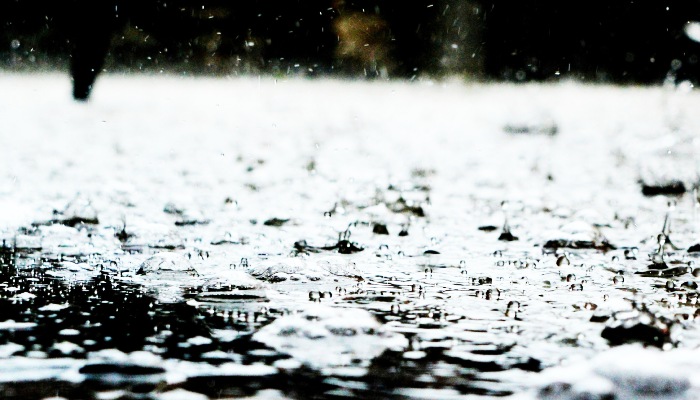
Gross pollutant traps are designed to capture solid waste like litter and coarse sediment, preventing these pollutants from entering water bodies. These traps, strategically placed in stormwater drains, serve as an initial treatment in the stormwater management process, averting the entry of sizable, non-biodegradable pollutants into water bodies.
The benefits of incorporating gross pollutant traps in stormwater systems are substantial. They include:
Natural filtration features are another innovative approach to improving stormwater quality. These include:
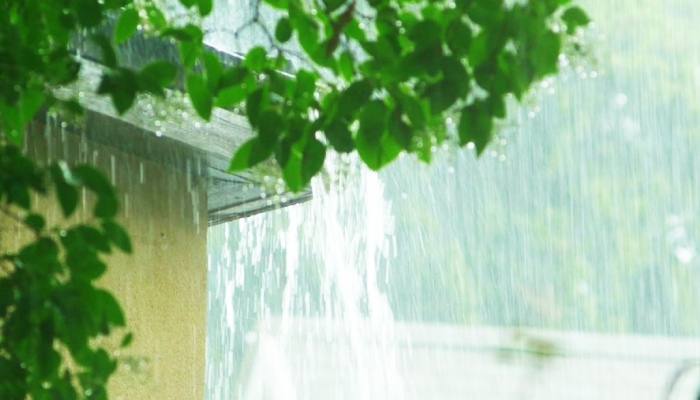
They play a significant role in stormwater management, capturing impurities, sediments, and pollutants in stormwater.
For instance, swales offer a cost-effective and low-maintenance solution, effectively eliminating sediments, nutrients, and pollutants, while also promoting stormwater infiltration and improving the aesthetic value of the landscape. Similarly, rain gardens capture low-level pollution and nutrients in stormwater runoff, reducing the overall volume of stormwater that drains away.
By incorporating stormwater quality improvement devices and these natural filtration features into stormwater management plans, we can significantly improve the quality and sustainability of our urban water systems.
Several challenges persist in stormwater management despite its advancements, including the issue of poorly managed stormwater. One of the most common is the impact of hard surfaces on drainage. Hard surfaces, such as concrete and roofs, inhibit the infiltration of rainwater into the soil, leading to rapid runoff and the formation of urban stormwater with increased volumes.
In addition to this, there are regulatory challenges, as stormwater management practices must comply with local government requirements and initiatives. Understanding these challenges is the first step in addressing them. By acknowledging the impact of hard surfaces and the role of local government initiatives, we can work towards developing effective strategies for managing stormwater runoff in urban environments.
Hard surfaces, including roofs, roads, and concrete areas, are impermeable to water. This means rainwater can’t seep into the soil, resulting in rapid runoff. This limited infiltration diminishes groundwater recharge and causes a greater amount of water to rapidly run off these surfaces, resulting in heightened stormwater runoff.
The impact of this increased runoff can be significant, especially during periods of heavy rainfall. When runoff accumulates rapidly, it can overwhelm urban drainage systems, leading to the backup of runoff in streets and other areas, ultimately leading to flooding. The resulting flooding can have detrimental effects on property and infrastructure, as well as pose safety hazards.
Local governments play a critical role in stormwater management. They are responsible for:
Local government initiatives also contribute to the protection of communities from floods by developing mitigation infrastructure such as levees and flood barriers, and promoting nature-based solutions that aim to protect and restore ecosystems to enhance water and air quality and reduce smaller and flash flooding.
By staying abreast of these initiatives, property owners can ensure their stormwater management practices align with local regulations and contribute to broader environmental preservation efforts.
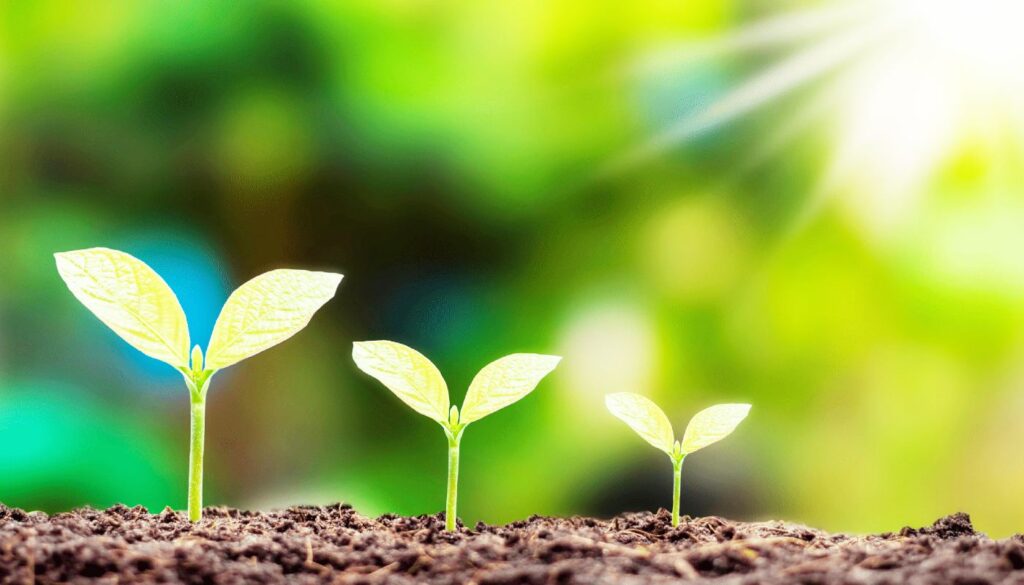
The uniqueness of every property dictates that its stormwater drainage needs will also be distinctive. Whether you own a residential property or a commercial property, assessing your property’s drainage needs and working with stormwater drainage experts can help you customize an effective drainage solution.
From understanding your property’s topography and soil type to identifying potential surface obstructions, a thorough assessment can help identify the most effective solutions for managing stormwater runoff. A more in-depth exploration can reveal how you can customize drainage solutions for your property.
When it comes to assessing your property’s drainage needs, several factors need to be considered. For instance, the role of property topography in stormwater drainage is significant as it influences the distribution of water and the speed of runoff. Additionally, the type of soil on your property plays a significant role in determining the feasibility of infiltration and the implementation of vegetated practices.
Surface obstructions, such as buildings and trees, can also have an adverse effect on stormwater drainage by obstructing the flow of rainwater, which may lead to flooding and property damage. By understanding these factors, you can better anticipate your property’s drainage needs and develop more effective stormwater management strategies.
Working with stormwater drainage experts can make a significant difference in the effectiveness of your property’s stormwater management. These professionals collaborate with engineers and builders to devise sustainable stormwater management strategies, ensuring seamless integration with the overall project design and functionality.
These experts can also ensure compliance with regulations and local council requirements, providing peace of mind and ensuring your property remains safe and protected. Whether it’s installing downspouts and gutters, using surface level channel drains, or setting up underground French drains, a stormwater drainage expert can provide a range of solutions tailored to your property’s unique conditions.
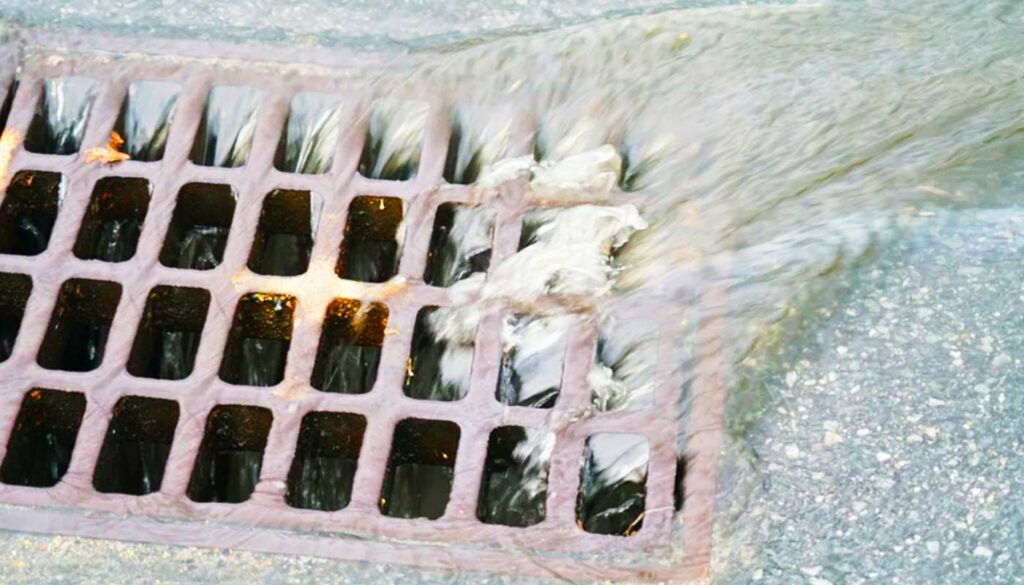
Stormwater management is a complex, but integral part of urban planning. From understanding the journey of rainwater and the components of a functional stormwater system, to exploring innovative stormwater quality enhancements and addressing common challenges, we’ve taken a deep dive into the fascinating world of stormwater drainage.
While stormwater management can seem daunting, with the right knowledge and resources, it’s achievable. By assessing your property’s needs, working with stormwater drainage experts, and staying informed about local government initiatives, you can ensure your property is well-prepared to handle stormwater runoff, protecting your property from potential flooding and contributing to the overall health of our urban environments.
The Australian standard for stormwater drainage is based on the guidelines set out in the National Construction Code (NCC), the AS/NZS 3500.3, Australian Standards, and local council guidelines.
The main difference between drainage and stormwater is that drainage systems collect and treat sewage from homes and businesses, while stormwater systems collect rainwater runoff from a site. This helps to prevent confusion and better understand their distinct purposes.
The best drainage for storm water is Slot Drain, as it is a modern and effective alternative that efficiently manages stormwater, ensuring it drains from the surface and is directed to the appropriate holding area.
Stormwater systems manage rainwater runoff, while sewage systems handle wastewater from households and businesses, cleaning it before discharge.
On-site detention systems help manage stormwater by providing temporary storage for rainwater and controlling its release to minimize downstream flooding. They serve as a solution to the problem of managing the volume and timing of stormwater release.
